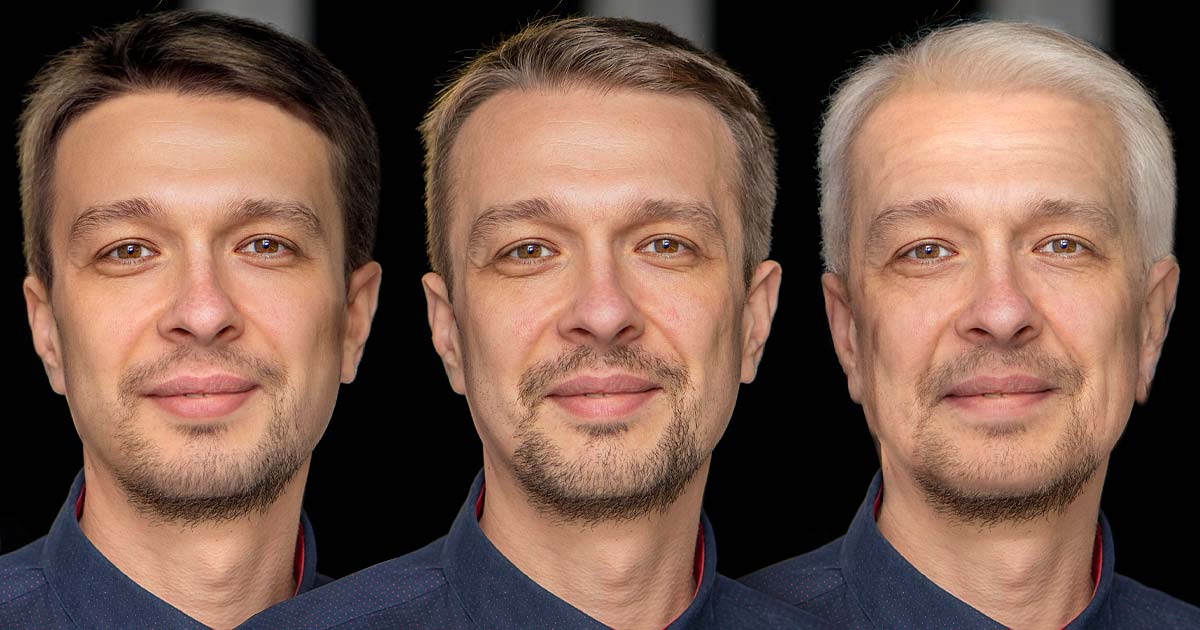Mastering the Art of Portrait Transformation: A Comprehensive Guide to Using Smart Portrait in Photoshop

Introduction:
Photoshop, the industry-standard software for digital image editing and manipulation, offers a plethora of tools and features to unleash your creativity. Among these, Smart Portrait stands out as a powerful tool for transforming the appearance of your subjects in portraits. Whether you’re a professional photographer, a digital artist, or an enthusiast, mastering Smart Portrait in Photoshop can elevate your portrait editing skills to new heights. In this comprehensive guide, we will explore the intricacies of using Smart Portrait to change your subject’s look, offering step-by-step instructions, tips, and creative techniques to achieve stunning results.
Understanding Smart Portrait:
Smart Portrait is a feature in Photoshop that leverages advanced artificial intelligence and machine learning algorithms to analyze and modify facial features in portraits. With Smart Portrait, users can make subtle or dramatic changes to their subject’s appearance, including adjustments to facial expressions, skin tone, hair color, eye color, and more. Whether you want to enhance natural beauty, create artistic effects, or experiment with radical transformations, Smart Portrait provides the tools and flexibility to bring your vision to life.
Getting Started:
To use Smart Portrait in Photoshop, follow these simple steps:
- Open Photoshop: Launch Adobe Photoshop on your computer to access the software’s workspace.
- Open Portrait Image: Open the portrait image you want to edit by clicking on the “File” menu and selecting “Open.” Alternatively, you can drag and drop the image directly into the Photoshop workspace.
- Access Smart Portrait: Once the portrait image is open, navigate to the “Filter” menu and select “Neural Filters” > “Smart Portrait.” This will open the Smart Portrait panel, where you can access a range of editing options and controls.
- Make Adjustments: Use the sliders and controls in the Smart Portrait panel to make adjustments to your subject’s appearance. Experiment with different settings to achieve the desired look, whether it’s subtle enhancements or dramatic transformations.
- Fine-Tune Settings: Fine-tune your adjustments by adjusting individual sliders for specific facial features such as eyes, nose, mouth, and skin. Pay attention to details and make subtle tweaks to achieve a natural and harmonious result.
- Preview Changes: Preview your changes in real-time by toggling the preview checkbox in the Smart Portrait panel. This allows you to see how your adjustments affect the overall look of the portrait and make any necessary refinements.
Creative Techniques:
Smart Portrait offers a wide range of creative possibilities for transforming your subject’s look in portraits. Here are some creative techniques to explore:
- Facial Retouching: Use Smart Portrait to retouch facial features such as skin tone, blemishes, wrinkles, and imperfections. Adjust the skin smoothing and texture sliders to achieve a flawless complexion while preserving natural skin texture.
- Facial Expression: Experiment with the facial expression sliders to change your subject’s expression, mood, and demeanor. Transform a serious expression into a smile, a frown into a grin, or a neutral gaze into a playful wink.
- Hair and Makeup: Use Smart Portrait to change your subject’s hair color, style, and texture. Experiment with different hair colors, lengths, and styles to create dramatic transformations or subtle enhancements. Additionally, adjust makeup settings such as lipstick, eyeshadow, and blush to enhance your subject’s features.
- Eye Color and Shape: Modify your subject’s eye color, shape, size, and expression using Smart Portrait. Experiment with different eye colors to create striking contrasts or harmonious blends. Adjust eye shape and size to enhance symmetry and balance in the portrait.
- Lighting and Mood: Use Smart Portrait to adjust lighting and mood settings to enhance the overall atmosphere of the portrait. Experiment with different lighting angles, intensities, and colors to create dramatic or ethereal effects.
Conclusion:
In conclusion, Smart Portrait in Photoshop offers a powerful set of tools for transforming your subject’s look in portraits. Whether you’re retouching facial features, adjusting expressions, or experimenting with hair and makeup, Smart Portrait provides the flexibility and control to achieve stunning results. By following the steps outlined in this guide and exploring creative techniques, you can unlock the full potential of Smart Portrait and take your portrait editing skills to new heights. With Smart Portrait, the possibilities are endless, allowing you to unleash your creativity and bring your artistic vision to life in stunning detail.







